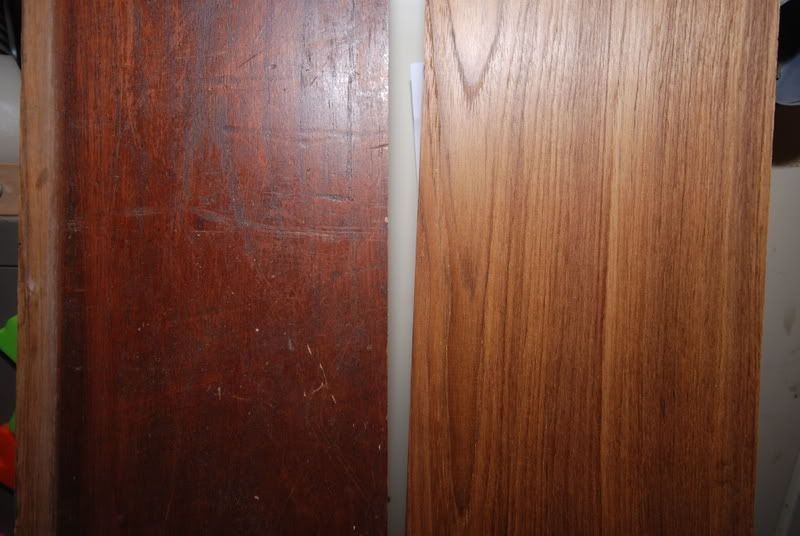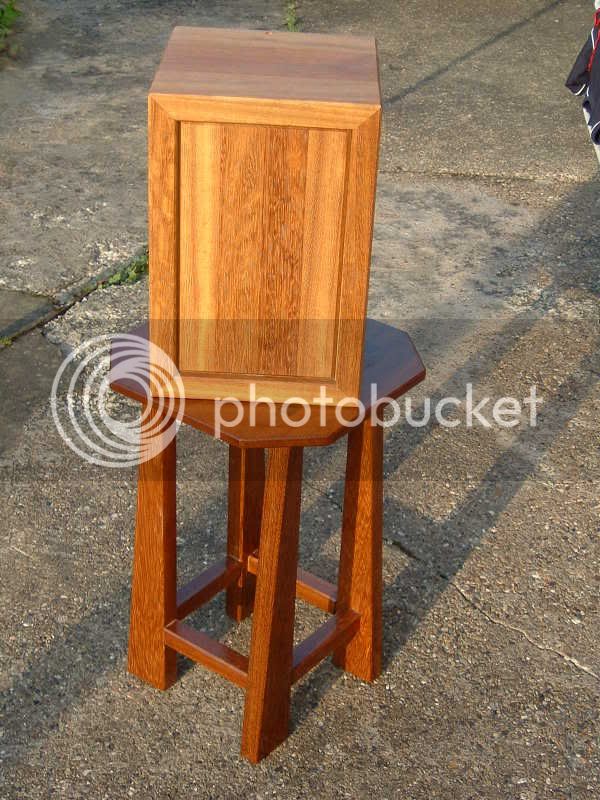Keith 66
Established Member
Thats Iroko for sure. I had a load out of a college where i used to work. You may think the tops are one piece but you will find they are joined sections about 6 - 8" wide, joined with a plywood tongue & glued with cascamite or similar.
Teak might have been used prewar but all the benches i have seen coming out of schools & colleges built in the 60's & 70's has been Iroko.
Bloke was trying to selll some at our yacht club last year, insisted it was teak but it wasnt & he would not believe it!
Teak might have been used prewar but all the benches i have seen coming out of schools & colleges built in the 60's & 70's has been Iroko.
Bloke was trying to selll some at our yacht club last year, insisted it was teak but it wasnt & he would not believe it!














































